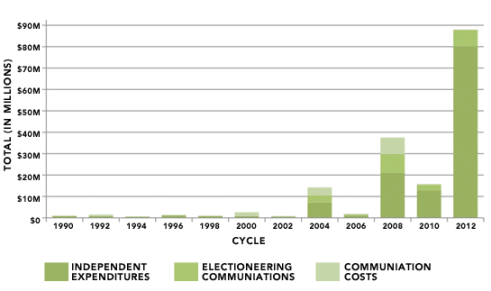In 2012, in her book Extraordinary, Ordinary People: A Memoir of Family, Condoleezza Rice talked about what life was like for her growing up in Birmingham, Alabama before and during desegregation. In it, she paints a very different picture from what is usually presented when you look into the history books. Condoleezza paints the picture of her life before desegregation as a middle class dream — complete with ballet class, music lessons, and charm school. She talks about a tight-knit Black community that was determined to make sure their children were well educated and prepared for a world that would be hostile towards them.
What’s often glanced over in history books is that many Black people opposed desegregation of schools. While most people’s view of the pro-segregationist is that of the White people we see in pictures, holding signs that say “Keep N—–s Out Of [Insert School Here],” there were many Black neighborhoods that weren’t eager to send their children off to school somewhere else.
A major downside to school integration is that it meant many schools in Black neighborhoods would be shut down. It seemed as if the majority of children being forced to move from one school to another were the Black students. In Tulsa, Oklahoma more Black students were being sent to predominantly White schools than White students were being sent to predominantly Black schools. This led to Carver Middle School being shut down for a year. As recently as 1997, well-performing but predominantly Black schools like Central High School in Louisville, Kentucky were in danger of being shut down because they didn’t have enough White students — due to geographic location — for the school to be considered properly integrated.
The experience of segregation wasn’t exactly the same from state to state after the Brown v. Board of Education ruling in 1954 and other laws desegregating public facilities, housing, private businesses, and more. In Los Angeles, California (as well as in many other Western and Northern states across the US) people of color — who were now free to live in any neighborhood they wanted — still preferred to live in neighborhoods largely populated by their own race, ethnicity or culture. Many Black people moved to the Crenshaw district of Los Angeles, which, during the 60s and 70s, became the hub for African-Americans in the area.
This kind of segregation, known as de facto segregation, wasn’t illegal, but it meant that the schools in the Crenshaw district (and many others like it) had predominantly African-American students because the students living in those districts were predominantly African-American. It became the norm for school districts with this particular problem to employ busing as a means to desegregate these schools. Children in the Crenshaw district of Los Angeles were bused out to the San Fernando Valley, at the time a majority-White area that was also a one hour bus trip each way for the children.
In 1981, the US Supreme Court halted the mandatory busing system stating that it was unconstitutional to enforce busing when the segregation in schools was unintentional — meaning it was based on where people chose to live, de facto segregation rather than de jure segregation.
Read more







